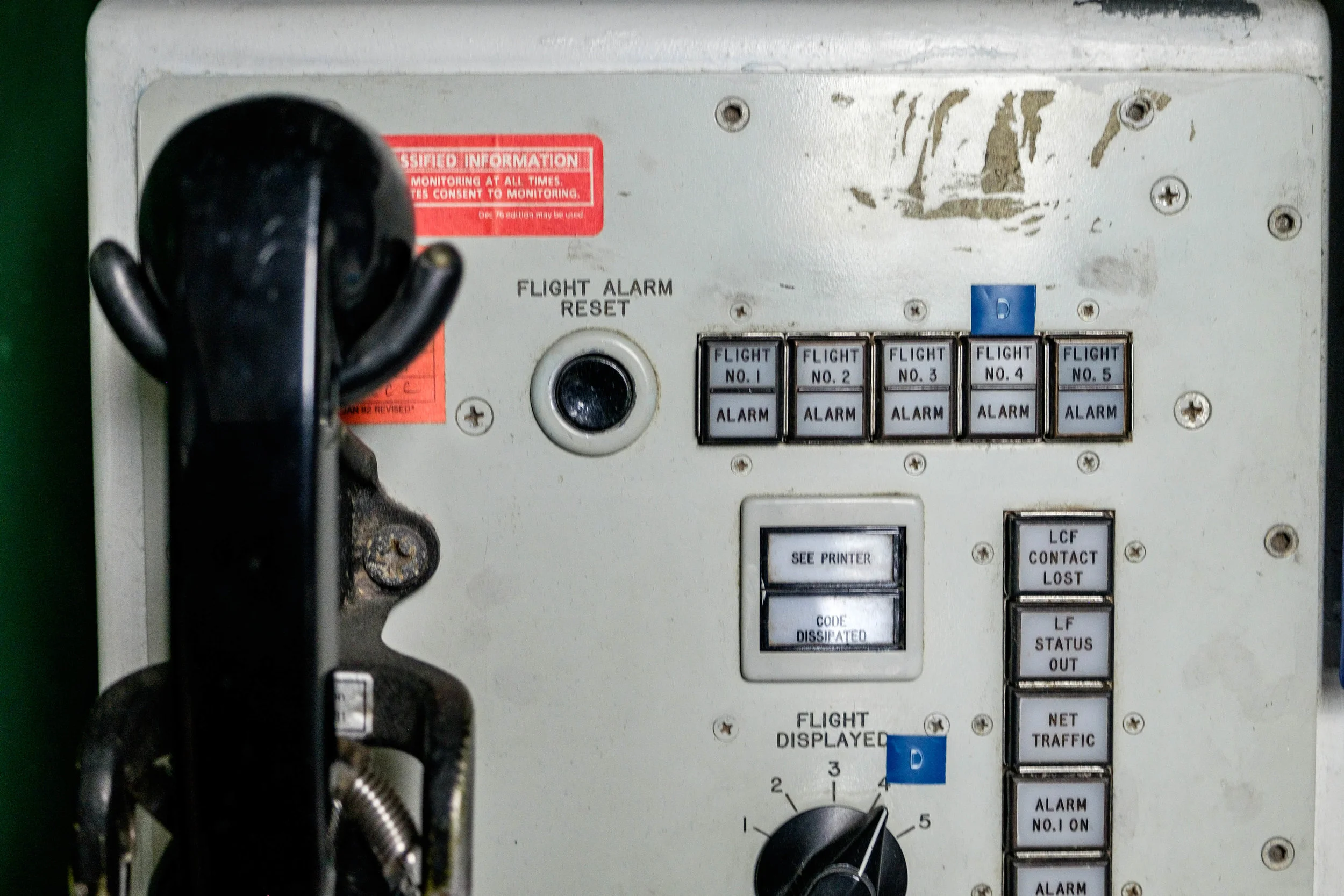Just eight miles from Badlands National Park in South Dakota is the Minuteman Missile National Historic Site which is administered by the national park. Between 1963 and 1993, there were 15 Launch Control Facilities (commanding 150 missile silos) holding Minuteman Intercontinental Ballistic Missiles. The purpose of the nuclear warheads was to protect America from aggressor nations if they launched attack on the United States or its allies via nuclear means. The range was 6,000-plus miles, enabling it to travel anywhere in the world in 30 minutes if the need arose. Two-person launch crews were on duty 24/7/365 at the Launch Control Center—despite extreme weather systems in the area—ready to turn the key that would launch a missile attack if America needed to take aggressive action. The location is South Dakota was a strategic choice, far away from densely populated areas near larger cities and at a launch point that could reach Russia via a shorter route over the North Pole. The silos were destroyed under the Strategic Arms Reduction Treaty in 1993, leaving two monuments for future generations to learn from: the Delta 01 and Delta 09 silos. These monuments walk park visitors back in time to the history of the Cold War era, the arms race, and intercontinental ballistic missile development in the U.S.
The Minuteman Missile Visitor Center provides tickets to ranger-guided tours of the Delta-09 Launch Control Center and Launch Facility, as well as info relating to self-guided tours of the Delta-01 silo located at a site nearby. Whichever way you choose to explore it, you will learn about an aggressive time in American history against the starkest contrast of an otherwise peaceful prairie as a backdrop—and you will be astonished whether you are a military history and war buff or not.
“The Minuteman was one of the most significant strategic weapons in U.S. history. With the turn of a key, the missile could deliver its nuclear weapon to a Soviet target in 30 minutes or less. It was a weapon for which there was virtually no defense — for a war no one could win. For nearly three decades Ellsworth’s 44th Missile Wing stood on alert. Then in 1989 the Berlin Wall fell.”





















